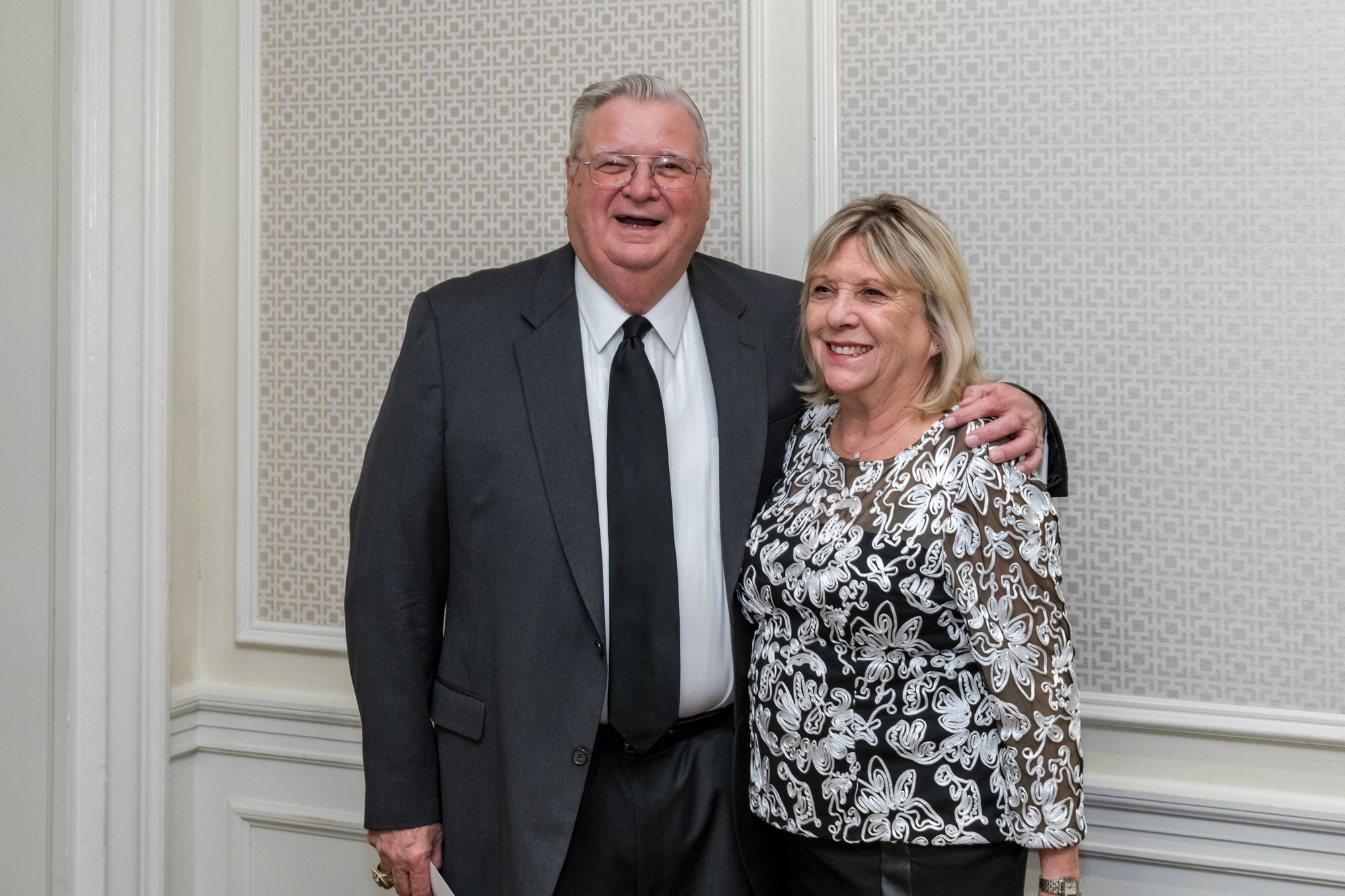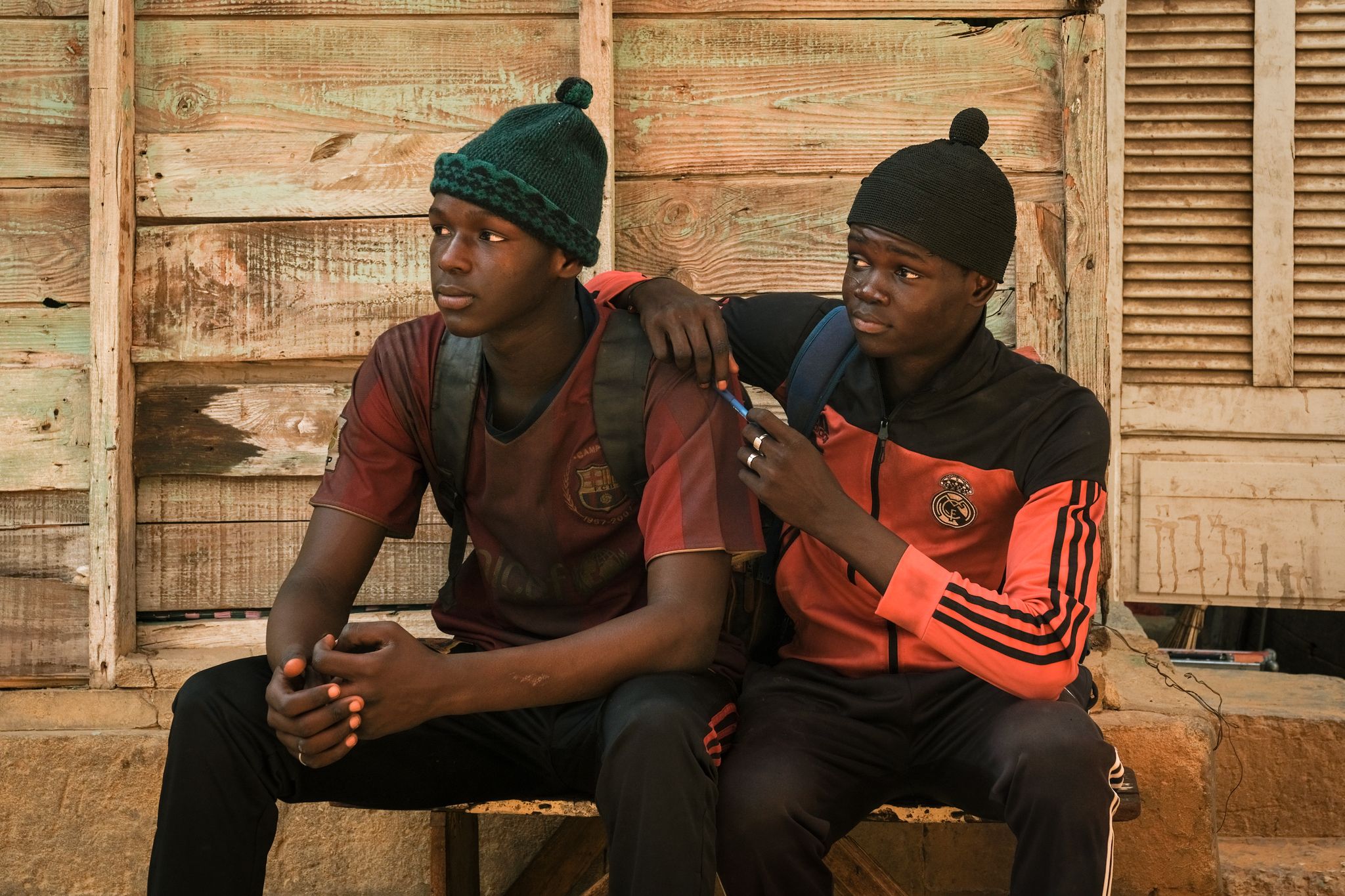A unique genius, but also a survivor of his time: professor Edward Goldberg could not find any other word to describe Michelangelo Buonarroti, the Italian artist whose talent influenced the development of the Western art. As art historian, who attained a PhD at Oxford and taught at Harvard, Mr Goldberg is also the founder of the Medici Archive Project (MAP). After his talk about
the relationship between Michelangelo and the Medici Family at the Italian Institute of Culture in San Francisco, he talked to us about “the tale of two Michelangelos”. First thing he revealed is that, when in 2012 he started investigating the archive of the Casa Buonarroti, the residence of Michelangelo’s family, a few blocks from his own home in Florence, he decided to delve below the surface of the “Cult of the Divine Michelangelo” and the mystical adoration that this artist received, especially after his death. He started tracking the defining moments in Michelangelo’s life and analyzing his key artistic achievements, and built a vivid, maybe sometimes disturbing, picture of both the man and the age in which he lived.
Where does your interest in Michelangelo come from?
Michelangelo is there – and I’m there, in every place I turn and every place I look at. I lived in Florence for most of my adult life and I am an art historian by training, as well as an archival sleuth. Michelangelo and his world are part of the air I breathe: there is so much Michelangelo ’s hype in Florence and so much Michelangelo’s craziness that “the real Michelangelo” can disappear from sight.
How would you describe him, both as artist and person?
Michelangelo was a unique artistic genius who changed the course of painting, sculpture and architecture for all time. He enjoyed a level of professional success and public adulation that no artist had experienced before or since. And fortunately, no proliferation of latter-day tourist crap can erode these basic facts. He was also a man of his time, a hard-core Florentine, with all of the passions and prejudices of the city that formed him, living in an age of incredible political, social, religious and cultural conflict. If I had to describe Michelangelo in a single word, I would call him a “survivor”. And if he was the ultimate survivor in the artistic sphere, the Medici were the ultimate survivors in the political sphere. So, in a very real sense, they were made for each other!
How did Michelangelo deal with the world around him?
Michelangelo managed the violent ruptures of Renaissance life by focusing single-mindedly on his own personal interests, doing what seemed best for Michelangelo in every situation. If you imagine him sculpting the David, painting the Sistine Chapel Ceiling or building the Laurentian Library in the midst of a non-stop earthquake, you won’t go far wrong.
Why did he decide to serve also “enemies” and not just his friends?
Do not forget it’s Italy in the age of Machiavelli. Michelangelo had neither friends nor enemies, except for his friends and his enemies at a given moment, and every moment was a world of its own. Considering the rapid shifts of allegiance and antagonism, political loyalty and ideological consistency were insane luxuries that no one could afford. Michelangelo was a genius and achieved things that nobody else could have imagined. But he was not a moral hero nor an exemplary human being. He gave concrete form to his artistic vision against daunting odds.
The relationship with the Medici Family… why did it become, in a way, so special and important?
It was all about survival: Michelangelo survived and so did the Medici—or at least, some of them survived. And who were the Medici? “Medici” was a family name, but we are talking about a large, fractious and sometimes violent family. They dominated Florence for five centuries. “Medici” was also a political brand and a cultural brand, at a time when politics and culture were inextricably linked. And Michelangelo’s “genius” was eventually subsumed as an essential element of the “Medici culture”.
Can you tell any anecdote about this relationship?
There are hundreds of anecdotes that people never hear, because they don’t take the time to stop and listen. And stopping and listening is what I have been doing for the last forty years in the libraries and archives of Florence.
Which heritage and which lesson do you think Michelangelo left to us?
In regard to heritage, the artist and his patrons pretty much invented the concept of “artistic genius” that still holds sway and did not exist before their time. In regard to the lessons, we look at works of art and documents and we find people and events that we shape into stories. In fact, the self-generating flow of “history” is probably the chief point of my studies. And this is certainly a point that both Michelangelo and the Medici would have understood implicitly!































